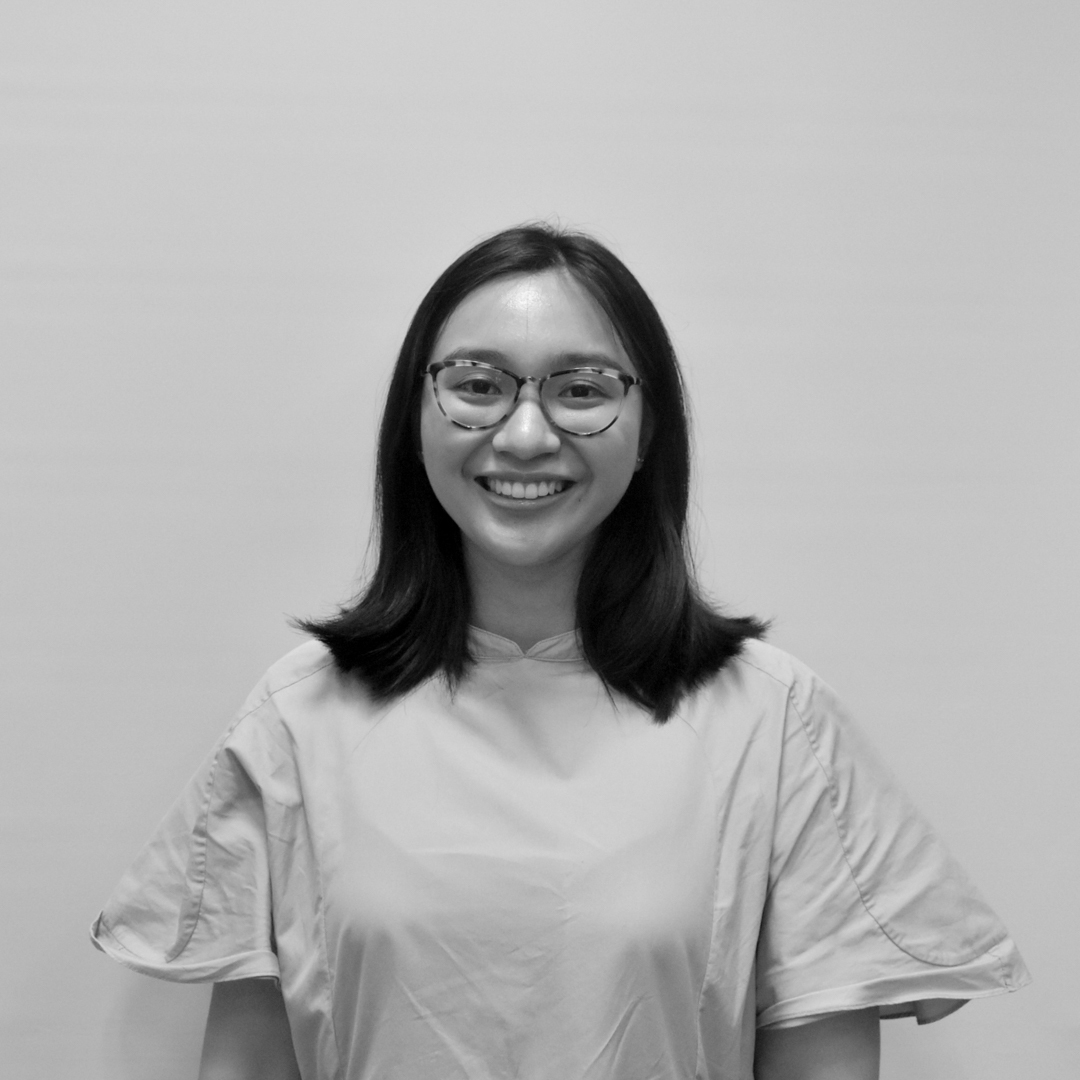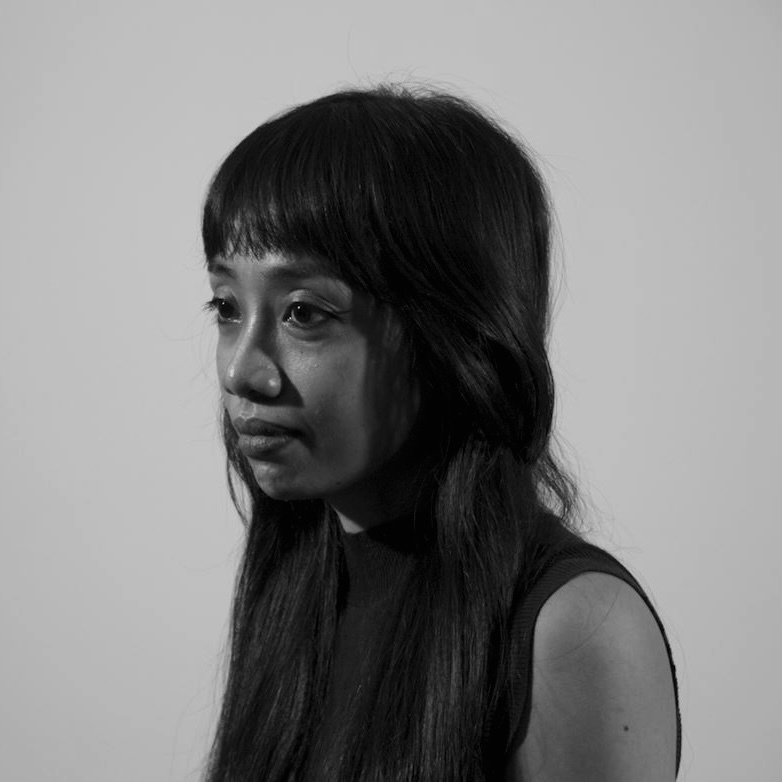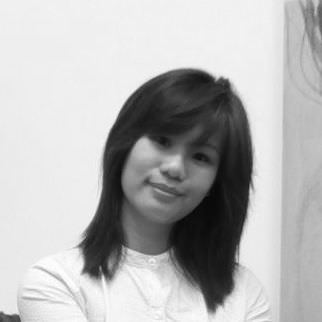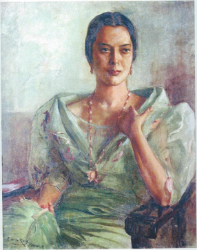You wiggle your toes.
You stretch them as far as your tendons would allow yet they could never seem to feel far enough to find the tip of your shoes. Then, you feel a hand press down ever so gently and your toes slink back, relaxed. Your toes rear again, ready to stretch as far, but it gets stopped by the weight of your mother’s hand blocking off the rest of the shoe not yet to be explored by your still small feet.
"Ayan," your mother says with a triumphant huff. "Puwede na."
Mother buys the pair, a good size larger than what you’d usually be comfortable in but she says it's to account for your growth in the months—years, even—to come. To buy herself some time to replenish the hole the cost has left in her budget. To delay your feet’s begging for new kicks to find comfort in.
The pandemic has forced us to accept a stark reality we wouldn’t be able to escape otherwise—that the new normal would tear up our shoes the moment we step in, its soles too worn out to tread any further—so here’s a community quarantine and rules a little too vague, said government. Here’s a quarantine—stay home long enough to buy us some time to pull ourselves together before the virus wedges too large of a problem to be mended. Wear these new shoes; they’re big and sturdy enough to get you past this crisis!
That was six months ago.
We had enough wiggle room until we had none left. The first fifteen days trickled down, piling up at the bottom of the hourglass, as we watched the busy streets unwind. The honking of vehicles in traffic, the belching of engines overdue for routine check, and the rush hour chatter all faded into the background, now murmurs too faint to pick up on. The new normal wasn’t palatable to many but still—stay home long enough to buy us some time to pull ourselves together before the virus wedges too large of a problem to be mended.
With every mid-month, homes became smaller. The walls shrunk, every corner creeping closer ever so quietly. The windows mocked, the sunlight only offering teases of what it would feel like to be outside again. The air stank of isopropyl and bleach, suffocating and overwhelming. Every waking day was another chance to glaze your eyes over things you’ve been too busy to notice—every growing crack on the ceiling, every stain on the wall, every wrinkle on your family’s ever so worried faces.
All the television could spit out were numbers and names—what were the odds that you’d be the next statistic? All the neighborhood could spit out was silence except when sanitation trucks come by and whispers start betting who could have gone down with the sickness.
Every mid-month came with the shoes growing too tight for our now blistering soles. We had enough wiggle room but now there was none left.
The streets no longer knew the noise of everyday life—the barkers’ calls for that one more passenger to push the PUV to maximum capacity, the frustrated honking of drivers who’ve been overtaken by another too late for work to even think about road etiquette, the giggled gossip exchanged over a serving of fishball and gulaman. It only knew the dragging steps of workers who’ve walked too far for too long, the cries of commuters forced to a stalemate by the pandemic, the stifled coughs—doesn’t matter if it’s from the smoke or the coronavirus.
We hit a several hundred, then a several thousand, now hundreds of thousands of cases rising with every mid-month spent waiting for a cure-all to our ails. The pain from our soles have shot up to our calves, to our knees, leaving us paralyzed. Your toes can feel the tip of the shoe, first with a light prod then a stabbing thrust.
No space. Let me out. I can’t do this anymore. I can’t breathe.
Everything else, the pandemic has brought to a standstill, too, with its shoes too tight to allow for movement. Businesses booming have seen their stores grow cold without human warmth and shelves gather dust no one could clean. What livelihood is there for those dependent on the life the cities call forth—the passengers hopping on and off in chase of their dreams, the food stalls offering solace amidst the suburban demands?
No money. Let me out. I can’t feed my family like this. I can’t breathe.
It is the sixth month now.
You’ve treaded the unknown with your new shoes, its undersoles barely seen underneath all the dirt, but the unknown didn’t like your treading. Here’s the nth community quarantine and rules a little less vague now but still hazy nonetheless—stay home long enough to buy us some time to keep our cases down as we wait this crisis out!
You can’t wiggle your toes.
Your feet have grown big enough for you to stop using thick socks to fill for the spaces but they’ve grown a little too much—the tip pushes back defiantly on your toes, the collar chokes your ankles until they turn red. You ask mother, “Ma, puwede na bang bumili ng bago?” showing her the fading colorway and chipping leatherette.
But she says no.
“Kaya mo namang magtiis, ‘di ba?” She says, hopeful you’d say yes. You look at her half confused, half pained. “Hindi na.”
Her face was devoid of any empathy—no pity bringing her to her knees, no consideration urging her to be kind. Your feet patter on the ground impatiently. She gazes at your beat up shoes for a while before giving you a lukewarm smile.
“Kaya pa yan.”
ABOUT THE PRIZES
In solidarity with the Filipino community affected by COVID-19, the Ateneo Art Gallery in cooperation with the Kalaw-Ledesma Foundation, Inc. has organized the AAG x KLFI Essay Writing Prizes to support writers affected by the crisis. With the theme “Thoughts and Actions of Our Time: Surmounting the Pandemic,” writers were encouraged to submit essays that reflect on or discuss the turmoil, struggles, initiatives, and expressions of hope during these trying times.
Through this Prize, the Ateneo Art Gallery hopes to extend assistance to artists and writers in its capacity as a university museum highlighting the Filipino creativity, strength, and resilience during this difficult period.
After receiving more than 100 submissions for the competition, six (6) winning entries were selected by a panel of jurors for each of the student and non-student categories. Writers of the winning entries received a monetary prize and their essays will be published by the Ateneo Art Gallery in an exhibition catalog accompanied by images of shortlisted works from the Marciano Galang Acquisition Prize (MGAP). Essays are also published in the Vital Points website, the online platform for art criticism developed by AAG and KLFI.
View the online exhibition for MGAP and the AAG-KLFI writing competition here.








